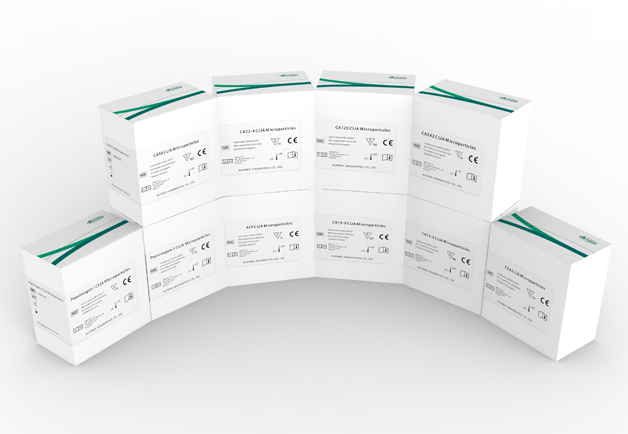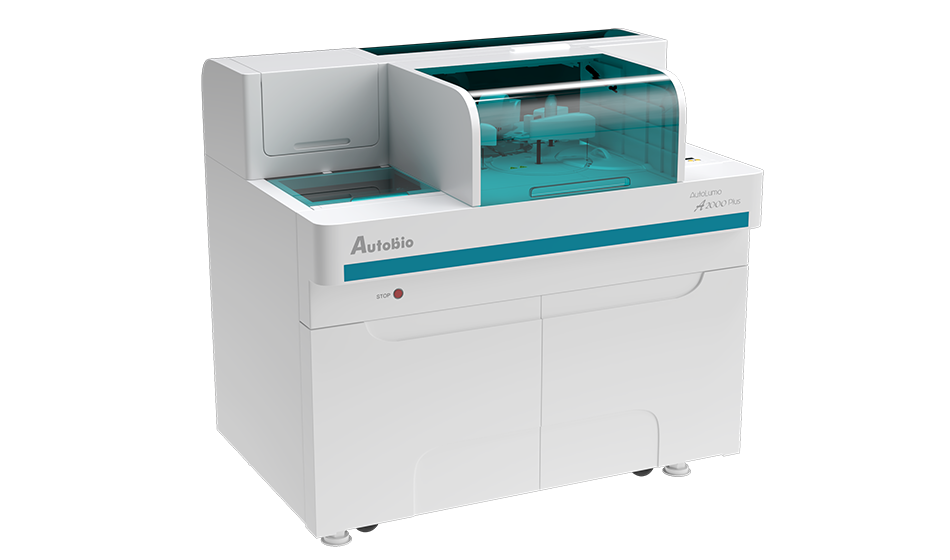

Cervical cancer is the fourth most frequently diagnosed cancer and the fourth leading cause of cancer death in women. Human papillomavirus (HPV) is a necessary but not sufficient cause of cervical cancer. Other important cofactors include some sexually transmittable infections (HIV and Chlamydia trachomatis), smoking, a higher number of childbirths, and long-term use of oral contraceptives.[1]
For squamous cell cervical cancer, squamous cell carcinoma antigen (SCC) is the marker of choice. Carcinoembryonic antigen (CEA) and CA 125 have demonstrated possible utility in patients with cervical adenocarcinoma. [2]

Serum concentrations of SCC have been found to correlate with tumor stage, tumor size, residual tumor after treatment, recurrent or progressive disease, and survival in patients with squamous cell cervical cancer.[2]
Pre-treatment CA 125 levels are raised in 20-75% of patients with cervical adenocarcinoma, and reflect tumour stage, tumour size, histological grade, cervical stromal invasion, lymph-vascular space status and lymph node status. Pre-treatment CA 125 levels appear to have a prognostic value, and rising serum CA 125 during follow-up may precede or be coincident with the clinical diagnosis of recurrent cervical adenocarcinoma. [3]
The preoperative serum levels of CEA and CA125 might have significant prognostic implications in early-stage ADC patients. Combined preoperative serum CEA and CA125 levels independently predicted the prognosis of early-stage ADC.[4]
[1] Sung H, Ferlay J, Siegel RL, Laversanne M, Soerjomataram I, Jemal A, Bray F. Global Cancer Statistics 2020: GLOBOCAN Estimates of Incidence and Mortality Worldwide for 36 Cancers in 185 Countries. CA Cancer J Clin. 2021 May;71(3):209-249. doi: 10.3322/caac.21660. Epub 2021 Feb 4. PMID: 33538338.
[2] Sturgeon CM, Duffy MJ, Hofmann BR, Lamerz R, Fritsche HA, Gaarenstroom K, Bonfrer J, Ecke TH, Grossman HB, Hayes P, Hoffmann RT, Lerner SP, Löhe F, Louhimo J, Sawczuk I, Taketa K, Diamandis EP; National Academy of Clinical Biochemistry. National Academy of Clinical Biochemistry Laboratory Medicine Practice Guidelines for use of tumor markers in liver, bladder, cervical, and gastric cancers. Clin Chem. 2010 Jun;56(6):e1-48. doi: 10.1373/clinchem.2009.133124. Epub 2010 Mar 5. PMID: 20207771.
[3] Gadducci A, Tana R, Cosio S, Genazzani AR. The serum assay of tumour markers in the prognostic evaluation, treatment monitoring and follow-up of patients with cervical cancer: a review of the literature. Crit Rev Oncol Hematol. 2008 Apr;66(1):10-20. doi: 10.1016/j.critrevonc.2007.09.002. Epub 2007 Oct 26. PMID: 17964182.
[4] Huang G, Chen R, Lu N, Chen Q, Lv W, Li B. Combined Evaluation of Preoperative Serum CEA and CA125 as an Independent Prognostic Biomarker in Patients with Early-Stage Cervical Adenocarcinoma. Onco Targets Ther. 2020 Jun 8;13:5155-5164. doi: 10.2147/OTT.S250614. PMID: 32606736; PMCID: PMC7292260.
Address: NO.87 Jingbei Yi Rd, National Eco&Tech Zone, Zhengzhou, China
Email: info@autobio-diagnostics.com Tel: +86-371-6200-7036
Autobio Copyright Reserved for ICP 18006568. All Rights Reserved.




